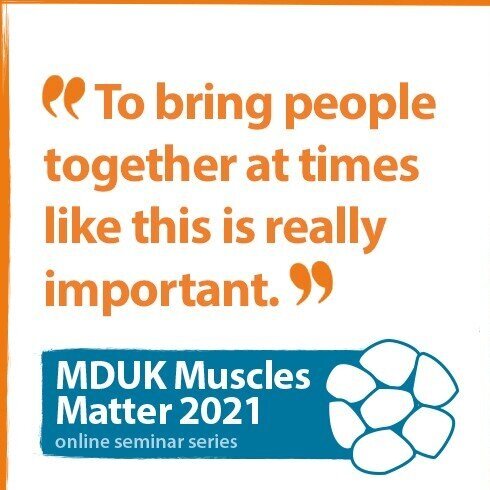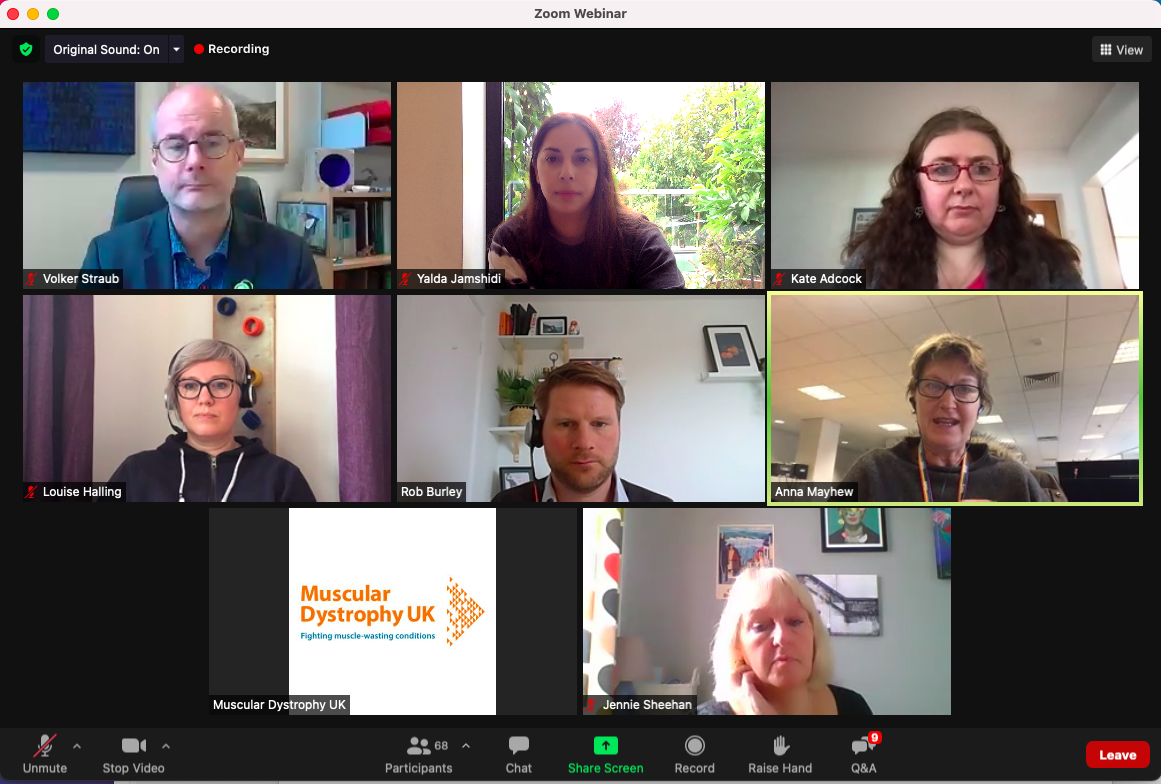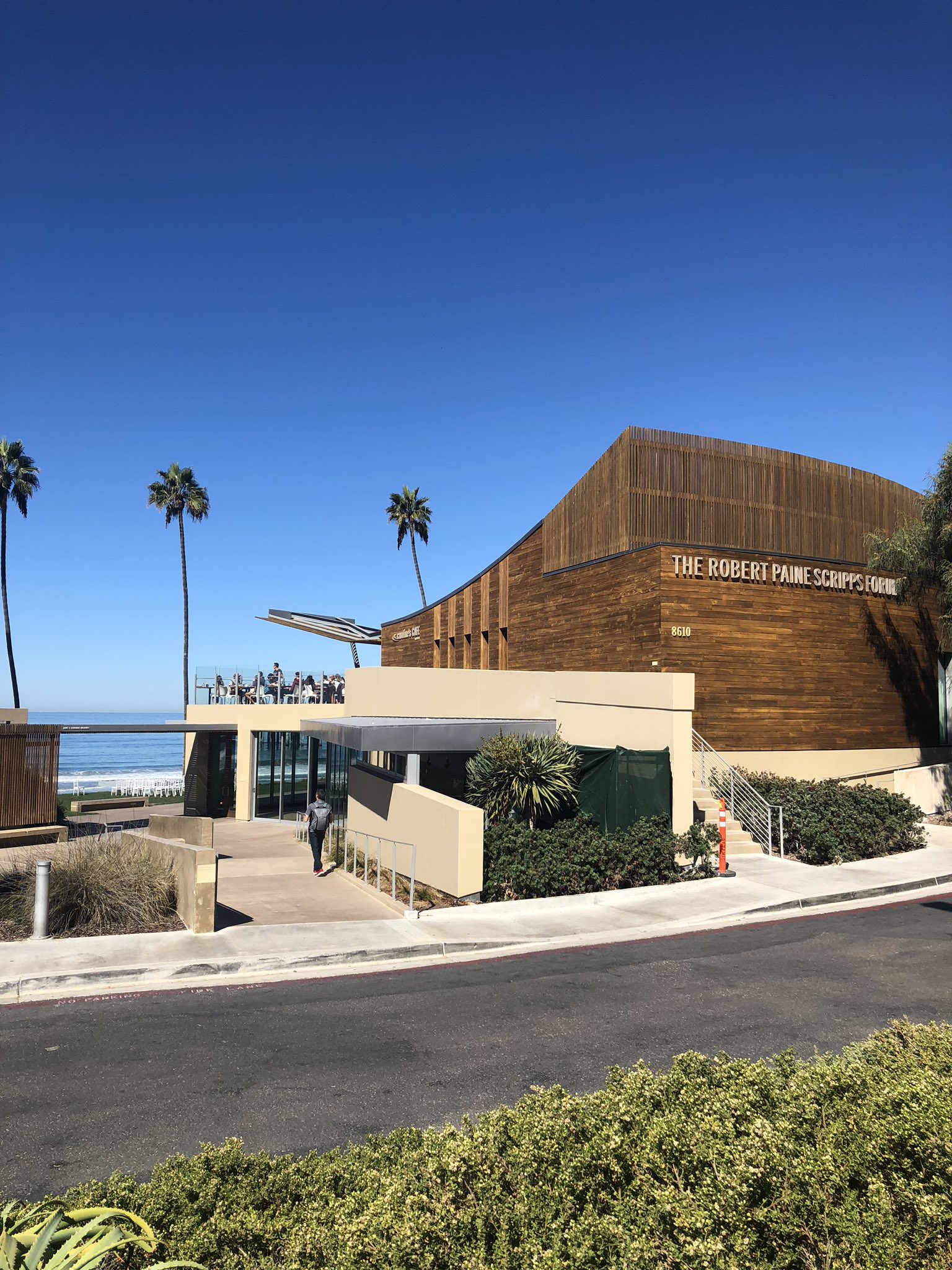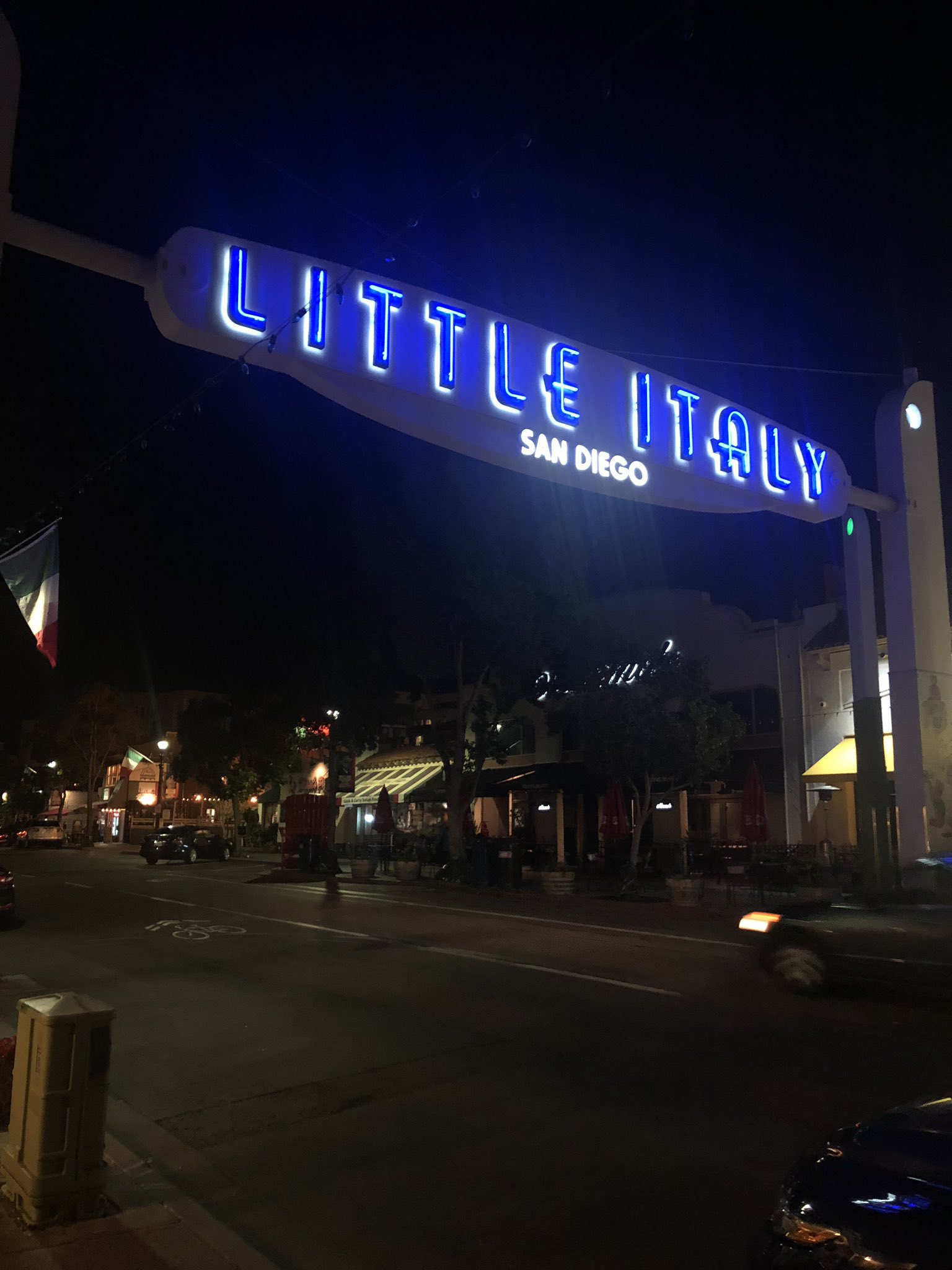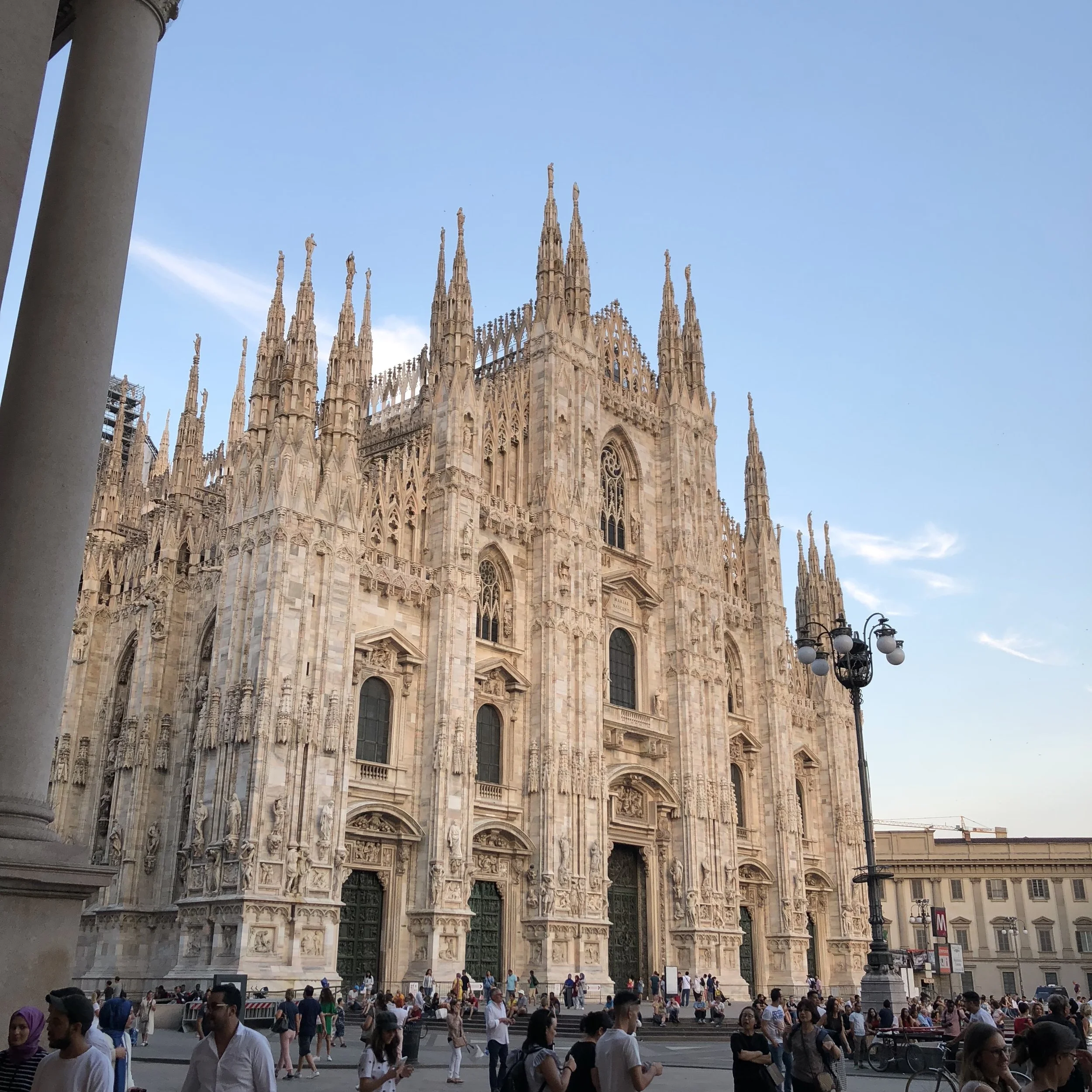project summary
Limb-girdle muscular dystrophies (LGMD's) comprise 30% of all progressive muscular dystrophies, collectively affecting up to 500,000 individuals worldwide. Unfortunately, no definitive treatments for LGMD exist.
A significant obstacle in the development of treatments for LGMD is the lack of a genetic diagnosis in up to 50% of patients, coupled with incomplete knowledge of the underlying disease mechanisms. However, we and others have demonstrated that recent advances in gene sequencing can successfully be used to identify novel neuromuscular disease genes, and that model organisms can be used to validate the role of these genes in muscle development and disease.
This project will use state of the art genetic techniques to identify the molecular cause in undiagnosed LGMD patients and provide further knowledge of the underlying mechanisms using the zebrafish as a model organism.
The project will equip the student with a range of versatile skills including analysis of genetic data, bioinformatics, and in vivo disease modelling.
Applicants must have obtained, or be about to obtain, an MSc/MRes or BSc (2i or above) in biology, molecular biology, genetics, statistical genetics, bioinformatics, or a related field in a science discipline. Prior experience in basic laboratory skills is essential. Applicants should have an interest in bioinformatics, be able to communicate data and ideas effectively, and be willing to travel internationally to attend meetings with collaborators.
Who we are and what we are looking for:
We believe in a multi-disciplinary approach to science where each team member plays an important role in moving towards our goal of identifying the genetic cause of rare diseases and ultimately understanding the underlying mechanisms.
We are looking for individuals who are creative and independent thinkers with a passion for research, who have plenty of self-motivation, and the ability to work well within a team.
Reading lots of papers within your field and more widely is an important skill which will also allow you to be more creative in your thinking. Your PhD is not only about getting your research project and thesis done, but also an important training period, our Institute has an allocated travel budget for conferences, and the MRC LID program also includes funds towards workshops and training.
The high collegiality among the lab members can be seen in our list of publications where you will find undergraduate students, graduate students, postdocs and PI as authors.
Our labs sit within a larger shared space where you will find helpful postdocs from other groups with expertise in different techniques. They are always willing to help and give valuable advice.
Maintaining a healthy work–life balance by finding a routine that works for you is important. We’re not a 9 to 5 lab - if you’re being productive then we’re happy. However, everyone is expected to participate in lab meetings and departmental seminars.
If you’re thinking of applying or have any questions please get in touch :-) yjamshid@sgul.ac.uk
why Study at St George’s
St George’s, University of London is the United Kingdom’s only university dedicated to medical and health sciences education, training and research. We are based in Tooting, south west London, and share a site with St George's Hospital. St. George’s Hospital Medical School was established in 1733 and alumni include pioneers in medicine, John Hunter (founder of modern surgery), Edward Jenner (founder of smallpox vaccine), Henry Gray (wrote Grays anatomy) and Patrick Steptoe (pioneered fertility treatment and IVF). It is currently home to over 5,500 students and over 800 members of staff.
Our Genetics Research Centre is part of a larger Molecular and Clinical Sciences Institute within St George’s. Our research is highly collaborative between the University and St George’s Hospital Trust and further afield nationally and internationally.
We have excellent infrastructure and facilities at St George’s which include a core Image Resource Facility (IRF), a Nikon Centre of Excellence, providing access for researchers to bioimaging techniques that include Transmission Electron Microscopy (TEM), Confocal and Light Sheet Microscopy, and sample embedding and Histological techniques.

